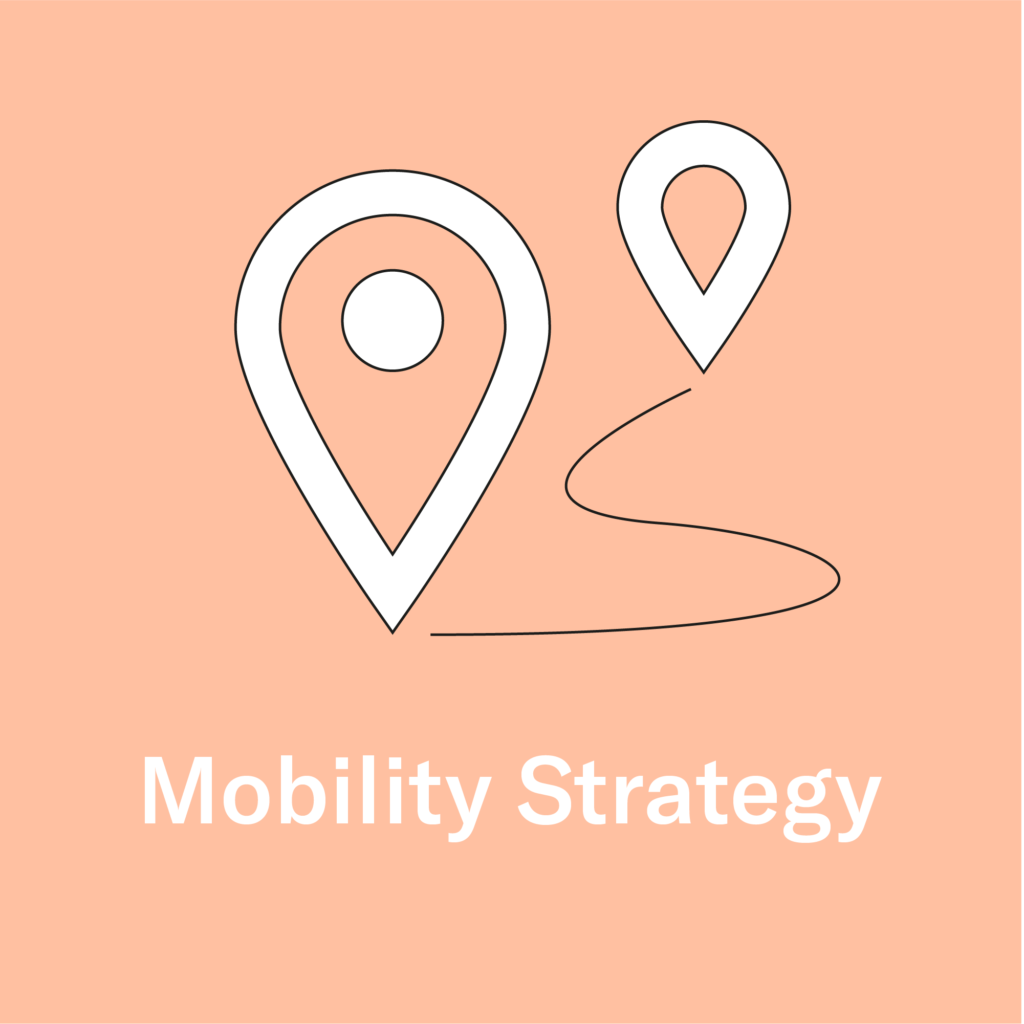Mobility policy is typically administered by dedicated national, state and local departments. Striving for greater integration between transport and urban planning practice is nothing new. Particularly in terms of creating urban densities and design that minimise the need to travel alongside the provision of a viable multi-modal transport network. Mobility strategy needs to continue to prioritise the accessibility and convenience of non-private vehicle forms of transport as well as provide new types of infrastructure and spatial planning for shared and electric transport modes to accelerate carbon reductions and maximise urban quality of life.
The Shared Mobility Principles for Liveable Cities offers guidance to assist stakeholders in planning for shared mobility and associated emerging technologies (particularly autonomous vehicles) sustainably. It defines shared vehicles as all those used for hire to transport people, including mass transit, private shuttles, buses, taxis, auto-rickshaws, car and bike-sharing as well as urban delivery vehicles. The principles have been produced by a working group of international NGOs and can be applied to develop policy and design spaces that optimise shared mobility modes whilst ensuring public interest. [1] To implement principles such as these, the World Economic Forum’s Shared, Electric and Automated Mobility (SEAM) Governance Framework describes an array of policy, cost and space approaches. [2]
Best practice: [1] Shared Mobility Principles for Livable Cities [2] Shared, Electric and Automated Mobility (SEAM) Governance Framework: Prototype for North America and Europe
